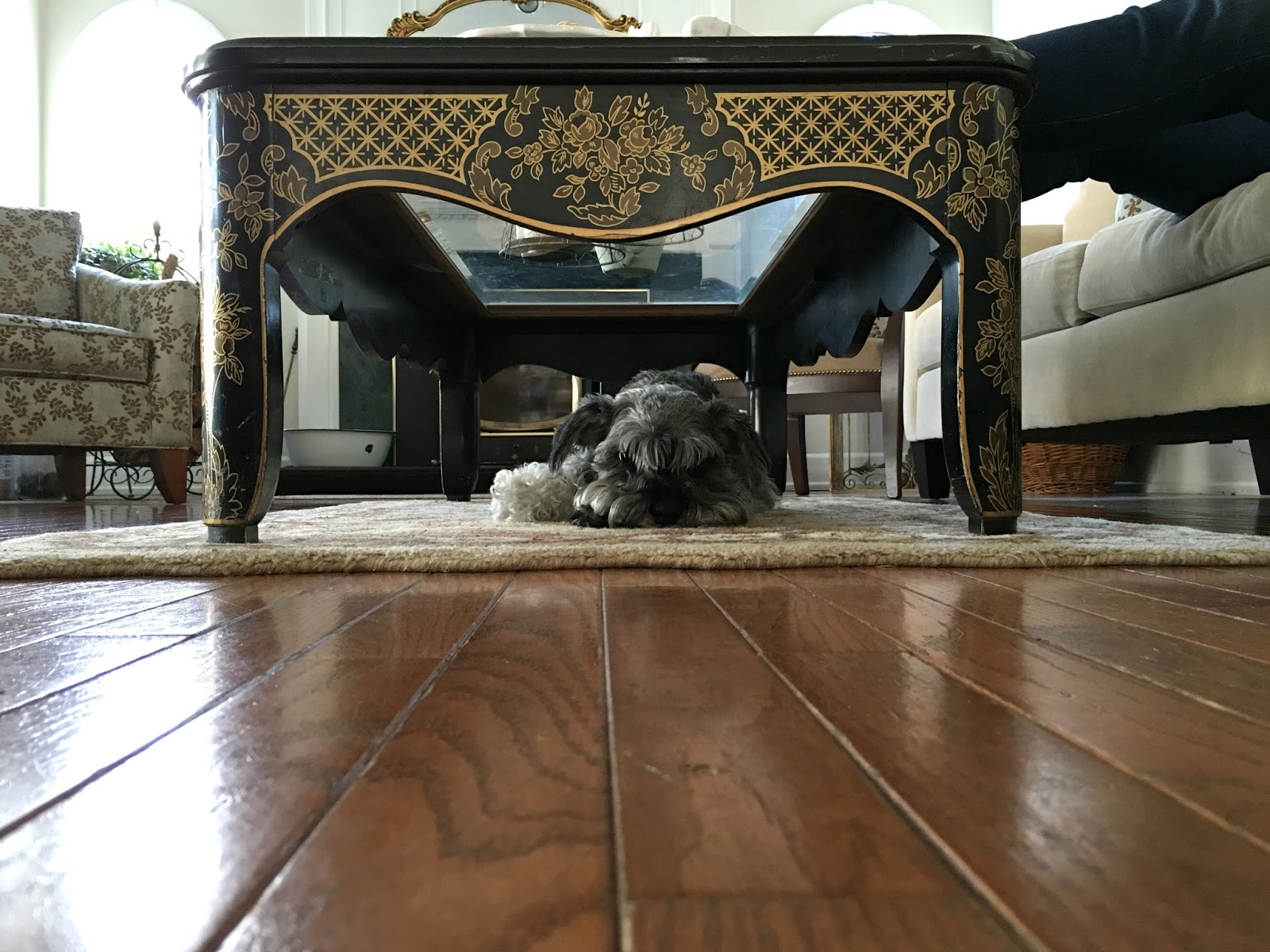

Other arrhythmias are serious and require treatment, options of which include: Some arrhythmias do not require treatment, and they spontaneously convert to normal. Hypoadrenocorticism (Addison’s disease – a disease of the adrenal glands).An overdose of certain medications, such as digoxin, narcotics, xylazine.Hypothyroidism (under active thyroid gland).In addition, a variety of other diseases or events may cause cardiac arrhythmias, including: Often, cardiac arrhythmias are associated with underlying heart problems in dogs, such as dilated cardiomyopathy, congestive cardiac failure, or cardiac birth defects. More serious arrhythmias sometimes lead to cardiac decompensation and acute or chronic heart failure.Ĭardiac arrhythmias can lead to a very slow heart rate (potentially as slow at 40 beats per minute, known as bradycardia), a very fast heart rate, potentially over 200 beats per minute in a dog (tachycardia), or an erratic heart beat. Arrhythmias arising from the ventricles include premature ventricular contractions and ventricular tachycardia. Other arrhythmias arising outside of the SA node may occur, and among the most serious of these is atrial fibrillation. While abnormalities of the sinus node are typically a consequence of a systemic disorder, such as hypo- or hyperthyroidism, primary sinus disease is common and can lead to an arrhythmia known as sick sinus syndrome. Normal heart rhythms begin in the sinus node, which is located in the right upper chamber of the heart. Scientific Explanation of Canine Arrhythmias If you suspect that your dog has an abnormal heart rate or rhythm, you should contact your veterinarian immediately.Ĭardiac arrhythmias are difficult to prevent, but early diagnosis and treatment of predisposing causes can reduce the risk of arrhythmias developing. There is no home care for abnormal heart problems in dogs, except that you should administer any medications your veterinarian has prescribed. A chest x-ray may help determine if heart disease or heart failure are present. The type of arrhythmia can be diagnosed from an ECG oscilloscope, or from a printout of the trace. Some diseases, such as hypothyroidism, may be the cause of cardiac arrhythmias.Ĭardiac arrhythmias are diagnosed with an EKG. Some dogs may be anemic, have an elevated white blood cell count, or organ dysfunction. The prognosis for animals with cardiac arrhythmias depends on the type of arrhythmia, the underlying cause of the arrhythmia, and the type and extent of any existing heart disease.īlood work, including a complete blood count and biochemical profile, should be performed to look for any underlying abnormalities. Spaniels, German Shepherds, and Labrador Retrievers are predisposed to certain types of heart block.

Sick sinus syndrome is an abnormality that affects the SA node: It most commonly occurs in Miniature Schnauzers, Dachshunds, Cocker Spaniels, and West Highland White Terriers. Doberman Pinschers and Boxers are prone to ventricular tachycardia, which is a rapid abnormal heart beat originating in ventricles. Labrador Retrievers are prone to supraventricular tachycardia, which is a rapid heart rate originating above the ventricles. Giant breeds of dog are more prone to a type of arrhythmia known as atrial fibrillation, which is a rapid abnormal beat originating in the atria. However, some breeds are more at risk of developing arrhythmias than others.

Some are temporary and do not cause illness, but others are serious and may be life-threatening.Ĭardiac arrhythmias may affect dogs of any age or sex, and may also affect any breed. Disturbance in the generation or transmission of the electrical impulse in the heart causes a cardiac arrhythmia. The electrical impulse generates the typical pattern seen on an electrocardiogram (EKG or ECG). The impulse then travels across the upper chambers of the heart (atria), to an intermediate station (atrioventricular node), and finally to the lower chambers of the heart (ventricles). These disorders are classified based on the area of the heart in which they originate-either the upper chambers, the lower chambers, the area of the heart responsible for creating the heartbeat, or the electrical conduction system within the heart.Įach heartbeat originates as an electrical impulse in the upper right chamber of the heart (sinoatrial node). Cardiac Arrhythmias in Dogs Overview of Cardiac Arrhythmias in DogsĬardiac arrhythmias are abnormal heart rhythms that can occur in dogs.


 0 kommentar(er)
0 kommentar(er)
